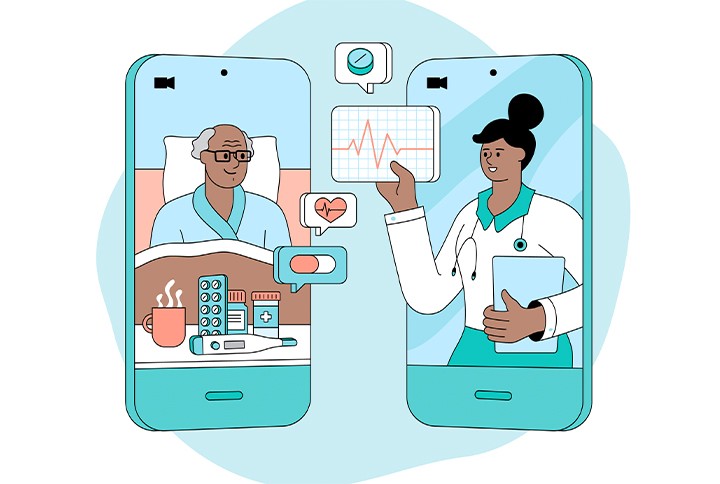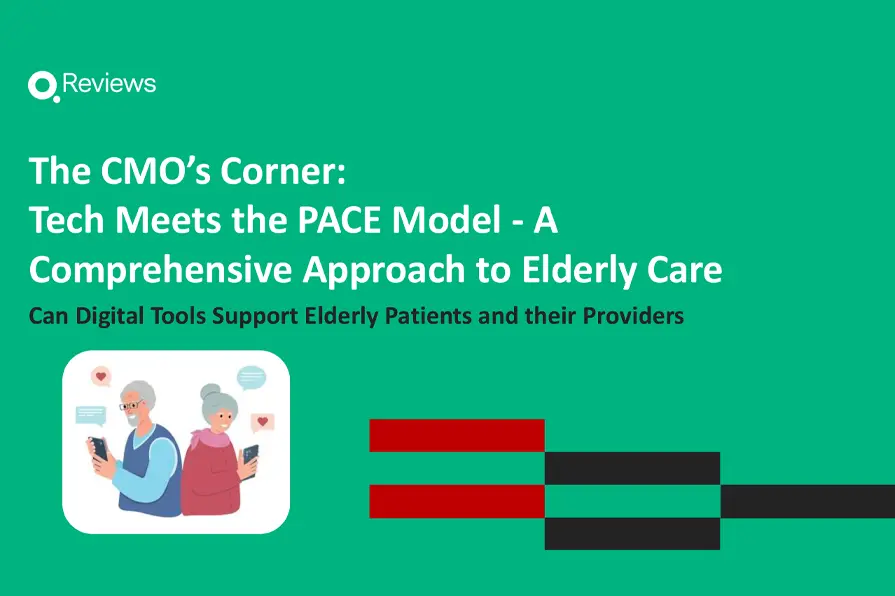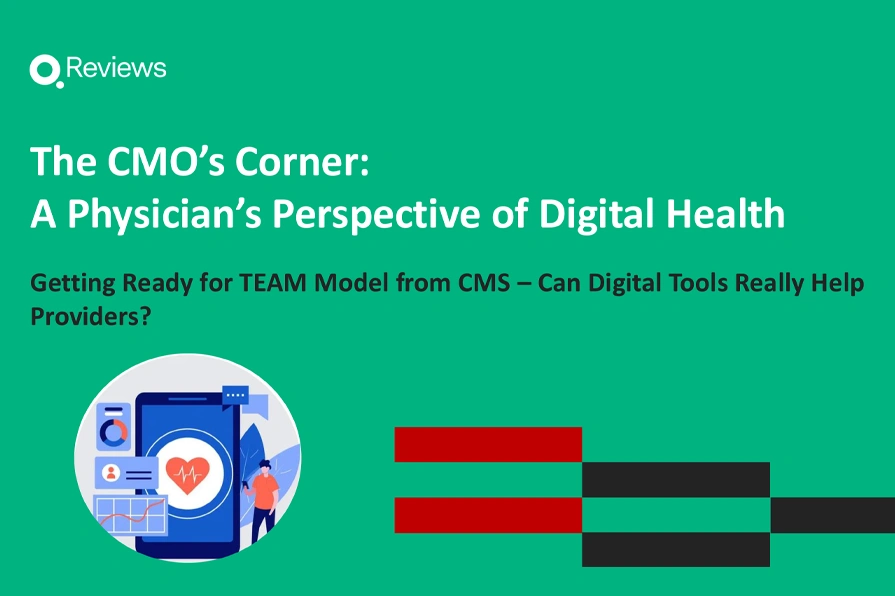
Memorial Sloan Kettering’s Q Reviews Survey Finds Patient Satisfaction With Telemedicine Is Equal to In-Person Appointments

While telemedicine is not a new practice, it did see unprecedented growth during the COVID-19 pandemic. But even now that social distancing guidelines have relaxed, telehealth remains far more common than it was pre-pandemic. For many healthcare organizations, however, a couple of questions remain. Is patient satisfaction with telehealth as high as it is for in-person care? And is the quality of care patients receive in virtual appointments just as high?
That’s what Memorial Sloan Kettering (MSK) set out to find in a recent patient satisfaction survey on telemedicine. Ultimately, they found no significant difference in patient satisfaction or quality between the two appointment types.
Results of the MSK Patient Satisfaction Survey on Telemedicine
To conduct the survey, MSK used Q-Reviews’ Q Connect patient engagement solution. With it, their radiation oncology department sent out links to a patient satisfaction survey on telemedicine via text message. Even without any incentives, almost 3,000 patients responded to those surveys.
With ages ranging from 19 years old to 91 years old, responses came in across all different age groups. They found that even seniors were willing to provide feedback via digital technology. Furthermore, MSK received responses from different racial and ethnic groups, diagnoses, and prognoses. This allowed them to draw conclusions about patient satisfaction with telemedicine across different demographics.
Most patients noticed no difference in the quality of their care between in-person and virtual appointments. And even though 34% worried that their cancer care would be negatively impacted by the pandemic, just 8% had doubts that their cancer would be successfully treated through telemedicine. Patients were even able to understand their treatment plan via telehealth appointments just as well, and with the same level of confidence in their physician, as they did in person.
The one significant difference Memorial Sloan Kettering did notice between the two styles of appointments was that patients liked that telehealth appointments didn’t require a commute to the office, as it allowed them to save time and money.
How to Offer an Excellent Telemedicine Experience
Of course, it’s not enough for healthcare organizations to simply offer telehealth appointments without putting thought into creating a high-quality experience. To ensure high patient satisfaction with telemedicine, consider the following:
- Pre-Appointment:
- Send clear instructions, reminders, and FAQs to patients before their telemedicine appointment via text (or another preferred means of communication) to ensure a seamless experience
- Allow patients to re-schedule visits via text or online — if their only way to do so is to reach out to the front office or call center, the odds that they fail to show up without advanced notice greatly increase
- Offer a test experience so patients can try and connect to the platform before their appointment to reduce tech challenges
- Day-Of:
- Offer a virtual waiting room so that patients who dial in before their providers are available know that everything is working properly and that they’ll be attended to shortly
- Go the extra mile by including links to educational content and recommending potential questions for patients to ask their provider
- Offer a virtual waiting room so that patients who dial in before their providers are available know that everything is working properly and that they’ll be attended to shortly
- Pre-Appointment:
- Share a link to a patient satisfaction survey on telemedicine immediately after the appointment to gauge the quality of the experience and identify ways you can improve
- Send patients follow-up instructions and appointment summary reports via text or another method of communication
Read More: 7 Reasons Why No-Show Appointments Occur (& What You Can Do About It)
The Bottom Line
Healthcare organizations wondering whether or not they should continue to offer telemedicine in the wake of the pandemic needn’t worry. As Memorial Sloan Kettering’s Q Reviews survey found, patient satisfaction with telemedicine equals that of in-person appointments. What’s more, virtual appointments are just as effective. For patient populations that struggle to make in-person appointments, telemedicine is especially valuable, as it ensures that they continue to receive the care that they need.
The key to a great telemedicine experience, though, is thoughtfulness. Put some effort into creating a great pre-appointment, day-of, and post-appointment experience, and you’ll be able to deliver the convenient, cost-effective, and high-quality telemedicine that today’s patients want.








